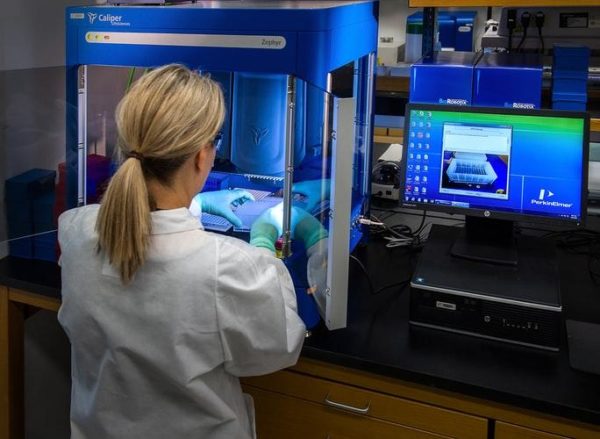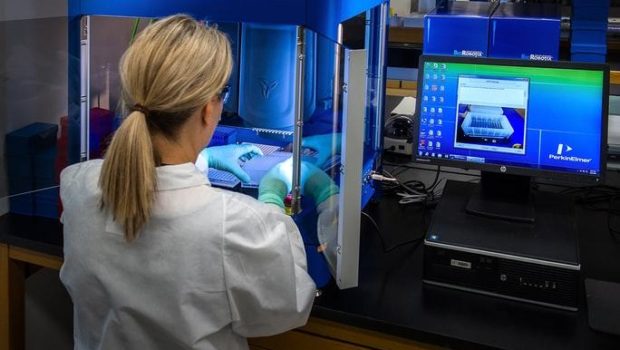6 Ways Technology Can Reduce Healthcare Costs
The U.S. spends around $4 trillion on healthcare each year, and this cost is expected to rise steadily. Although keeping up with digital trends in healthcare can feel overwhelming, adopting new innovations can reduce many expenses. Below, we will look at ways in which tech can help slash healthcare costs.

Streamlining Claims Processing
One area that contributes to significant healthcare costs is the insurance claims process. Medical practitioners and insurance companies spend a lot of time and resources processing and managing claims due to convoluted bureaucratic procedures. These delays often lead to a negative patient experience.
Digitizing the process allows the healthcare clinics and insurance companies to exchange medical records seamlessly. This eliminates the labor-intensive processes, reduces redundancy, minimizes errors, and improves payment efficiency. Physicians can also realize significant savings by using technology in the denial management process.
Automating Administrative Tasks
A quarter of hospital revenue is spent on administrative responsibilities. And most of this work isn’t even being done by front desk employees – doctors are doing it. That means physicians are spending critical time that could be used to see patients performing tasks that can be outsourced to technology.
Now, doctors don’t have to spend hours entering patient details into electronic health record (EHR) systems or retrieving information from them. With smart technology, a physician’s interaction with EHRs is fully automated. The system can fill out forms on its own, suggest treatment plans, schedule appointments, and give reminders.
Exchanging Patient Data
Collaborating with other physicians is important if you want to deliver quality patient care. However, many physicians still don’t get the data they need to coordinate their efforts. This is because either they are still using analog systems, or their counterparts haven’t adopted the necessary technology. Medical practitioners who utilize technology can quickly share information and collaborate with other practitioners.
For instance, if there is a new illness, doctors can quickly consult with others in the field, informing each other about the symptoms to watch for and what treatment plan to use. If a doctor is seeing a new patient, they can request the former patient’s physician share their health records as well. This way, they can diagnose a problem quickly and prevent duplicating processes.
Avoiding Unnecessary Medical Tests
We all know medical tests cost lots of money. But did you know that at least $200 billion is wasted each year on unnecessary medical tests? Additionally, some of these unnecessary tests harm patients and are believed to cause 30,000 deaths annually. Thankfully, technology can help to eliminate this harmful trend.
Doctors can now quickly refer to previous diagnoses, tests, and treatment plans before suggesting a new test. Even better, patients can use healthcare wearables, which will allow doctors to monitor them remotely. All critical data recorded by the device is sent to the patient’s EHR. This allows physicians to get a full picture of a patient’s health, intervene at the right time, and make accurate treatment decisions.
Optimizing the Supply Chain
Artificial intelligence (AI) and advanced data analytics have been shown to reduce forecasting errors by 20% to 50%. These errors can lead to considerable losses. Health institutions can use technology to track inventory, make orders at the right time, allocate resources efficiently, and do away with waste.
By using radio frequency identification tags, providers can track high-value equipment throughout their life cycle and determine the right time to order replacements. Tech solutions such as smart cabinets and barcode systems will reduce waste due to expired or recalled products. By relying on technology to manage supplies, providers can focus on the critical work of caring for patients.
Adoption of Telehealth Solutions
Telemedicine is not only allowing providers to increase the quality of care, but it’s also helping to reduce some costs. Doctors don’t have to admit patients to monitor their condition, as telemedicine allows them to do it remotely just like Curogram. This frees up resources in the hospital or clinic, ensuring the doctors are free to look after patients who need emergency care.

There are also personal apps that can help individuals monitor their health and give early warnings in case they detect something serious. This promotes early intervention, potentially averting a crisis and preventing the need for costly treatment.
Technology Is the Way to Go
Although there may be significant upfront costs in adopting some healthcare technologies, there are amazing long-term benefits. Whether you are a provider, patient, or vendor, utilizing the current innovations will significantly drive down your costs.
















